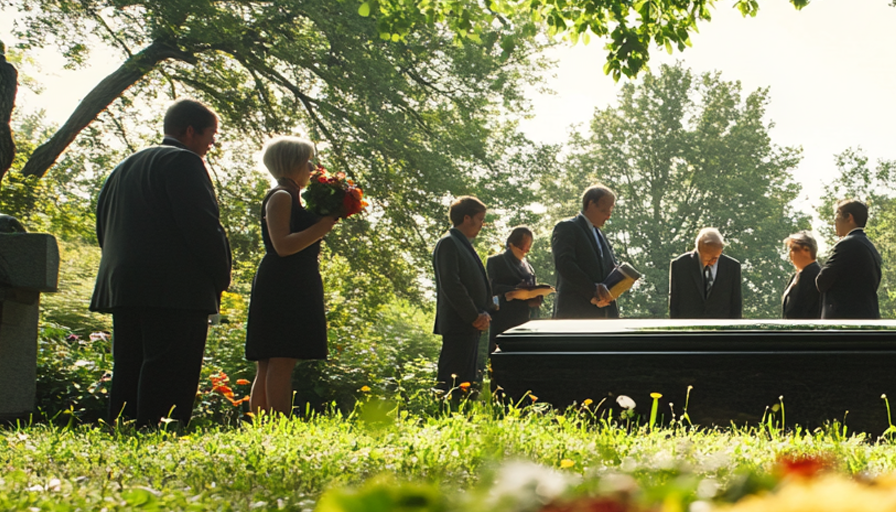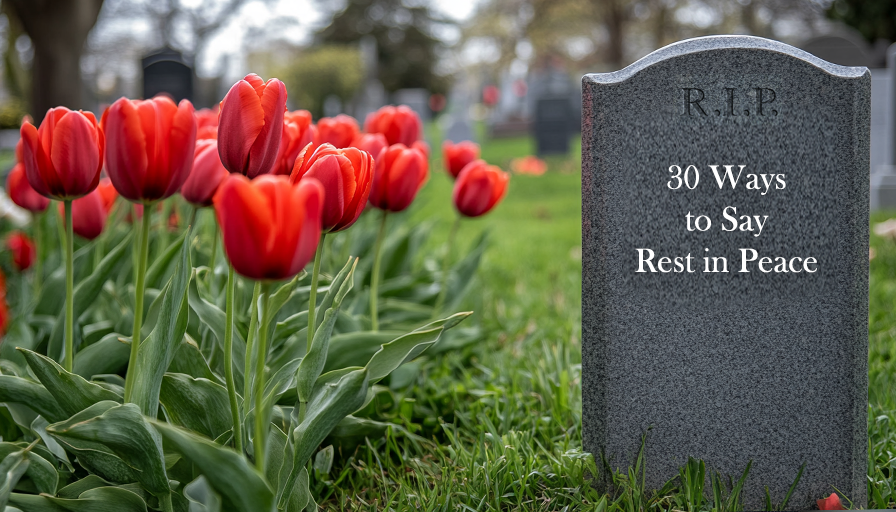How is a Body Prepared For Cremation?
When you choose to have a loved one cremated, it's a very personal thing. This is often decided before the loved one dies, as it might be in their will, or it could be something they discussed with their family before passing away. Cremation is a big part of the grieving process, and while some might presume it's just the burning of the body, there is a lot more involved than most people think.
Finding out how it all works can be a big part of the grieving process, which involves both emotional and practical aspects.
How Cremation Works
Transportation and Identification
After your loved one passes away, either at home, a hospital or somewhere else, their body needs to be transported to a funeral home or crematorium. This is usually done by a discreet, black ambulance so that most people wouldn't know what's inside. The staff that collect it are trained to handle delicate situations and ensure the body is removed respectfully. This transporting of the body starts the process of cremation.
Once it arrives at the funeral home or crematorium, the body is identified with an ID tag that would have been prepared by the people transporting it. This tag remains with the body throughout the process to ensure accuracy and prevent mixups. It also helps the loved ones know that the body is being treated with care and attention.
At this point, the body might be in a funeral home that you do not wish to use for the funeral. The body can then be moved to the funeral home of your choice, as there is a chance you have already prepaid for funeral costs with a company.
After that, paperwork is completed, which involves producing a death certificate and sorting out any paperwork for the cremation process. The funeral home that you decide to deal with will handle this and help you through any legal requirements, as it's a tough time for the family to deal with. At this stage, they will ask the family if any religious beliefs need to be considered.
Preparing the Body
Before the body is prepared for the process of cremation, there will be a chance for the family to view the body. This is a very personal decision, with some choosing it to say their final goodbyes. Other people may not choose to do so, as they want to remember their loved one as being alive. We are all different, so there is no right or wrong way to go about this, as it is all a personal choice.
Washing and cleaning
The body is usually washed, cleaned, and sanitised. This is all done professionally and with care to ensure that the body is treated with dignity. The family may also add light makeup to the body, depending on their wishes and any cultural or religious practices.
Clothing and Casketing
It's totally up to you what the body is dressed in. If nothing is chosen, the body will be dressed in a simple item of clothing provided by the funeral home. However, the family can choose what they wish the body to be dressed in and bring something from home. This could be their favourite outfit that they were known for wearing, their favourite football team's shirt, or something religious. This is a personal choice, and the funeral home can help you with this decision.
Personal Items
Before the body can be cremated, any personal items will need to be removed. This is usually jewellery that will be removed and returned to the family. The family may also wish for some personal possessions to be cremated with the body, which you can discuss with the funeral home. Everyone is different, and these are all personal decisions, so give it some thought.
This is also the time that any medical devices would be removed. The most common one is a pacemaker, which contains batteries that could explode during the high temperatures of the cremation process. These are removed with great care and respect by trained medical professionals.
Embalming
Not all bodies are embalmed during the process. If you are wondering what this is, it's a way to help preserve the body in case there are going to be any public viewings. If the body is not being embalmed, it will be refrigerated to help preserve it. This is all down to whatever the family decides or what the deceased discussed before they passed away.
The Casket
After the body is prepared for cremation, it will be placed in a casket. The casket holds the body before and during the cremation process. Most people choose a wooden one, but some can be made from other combustible materials or even cardboard. This all depends on the family's wishes and how much they want to spend, as the price for a high-end wooden casket can be very expensive.
In preparation for the cremation, the crematorium operator will have removed any metal handles from the casket. To ensure they do not interfere with the cremation chamber equipment. If desired, family and friends may participate or be present for the start of the process.
The Cremation Chamber and Process
This is where the final body is reduced to ashes through intense heat. It is a process that is carried out professionally and with a lot of respect for the deceased and their loved ones.
The Cremation Chamber
The body will be carefully placed into the cremation chamber, which can reach temperatures of up to 800 -1000 degrees Celsius or 1400 -1800 degrees Fahrenheit. This process takes about 2 to 3 hours, during which time the body is reduced to small pieces of bone and ashes. A trained professional watches over this process, and we will discuss more below.
Cremation Technician
A cremation technician's job is to handle the body during the process respectfully. They ensure that all the correct procedures are followed and that the body's identity is preserved throughout the process. They also ensure the temperatures are maintained correctly and that everything goes smoothly. They are not just technicians; their role is to ensure that the final part of the body’s process is done with compassion.
Cooling the Remains
After the body has been cremated, it needs to cool. During this time, it is left in the chamber. After that, the cremation technician can retrieve the ashes. All this is done with care and attention.
Ashes to Cremains
After the ashes have cooled, they are processed into ashes. Some bone fragments will remain after the cremation process. These are placed into a machine processor and processed into a fine sand-like powder, which becomes the ashes. Although this process sounds harsh, it is one that is carried out respectfully.
This is also when any pieces of metal, such as joints or from operations, will be removed. The metal can be recycled if the family wants it to be, or it can be disposed of.
Handing Over The Ashes
The final part of cremation is returning the ashes to the family, who can then choose what to do with them. The ashes are housed in a temporary urn, which is usually a bag inside a box or a plastic container. They can then be moved into a decorative urn, split between the family and place in keepsake urns, buried or scattered. What you choose to do is up to you. Some people get the remains made into cremation ashes jewellery to keep their loved ones close to them.
Final Thoughts
We hope this article has explained the cremation process to you in detail. It's a process handled with a lot of care and attention. There are people to help you with the process, and it can help bring clarity and comfort at a time of loss.
















